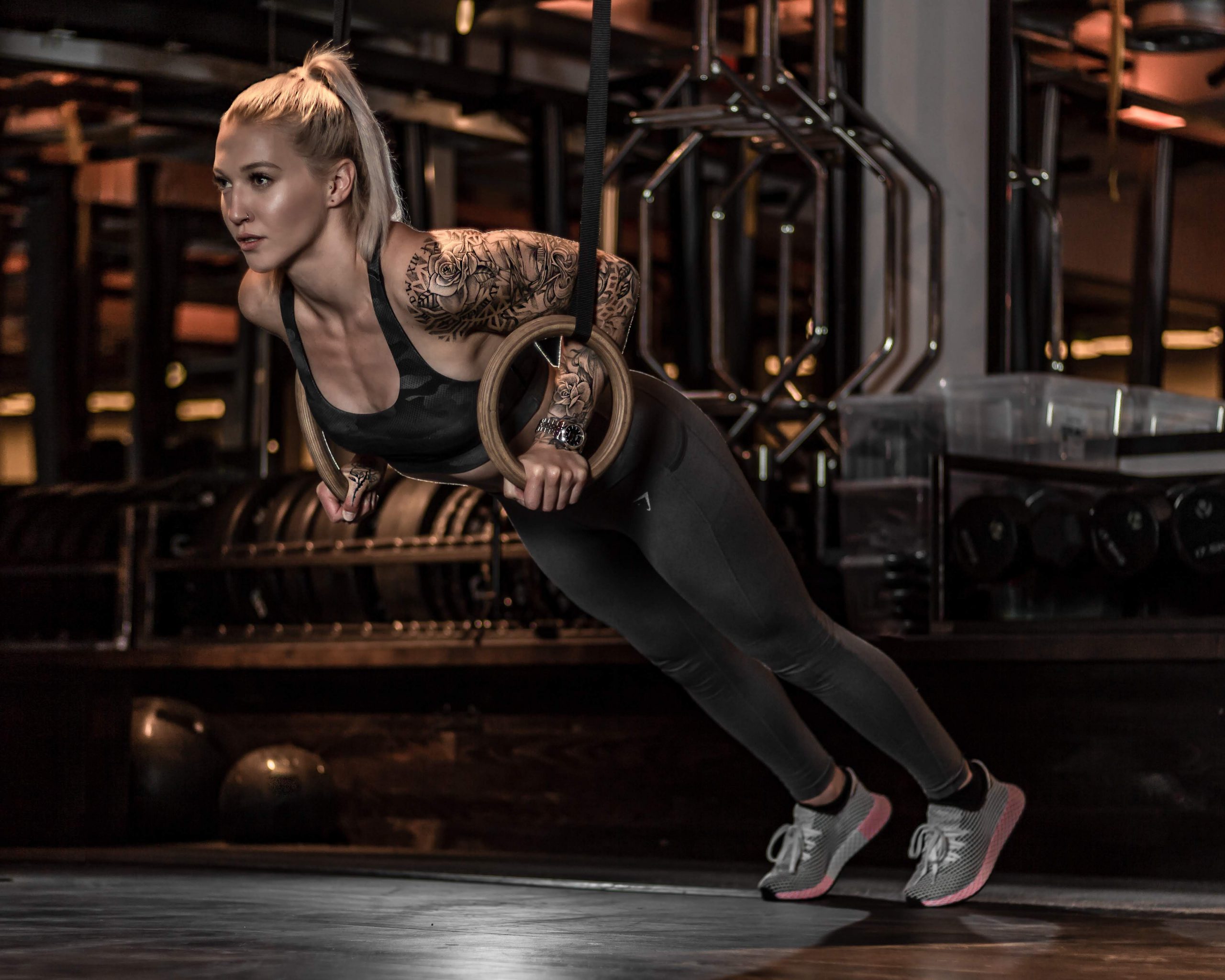Ski fit #1 – Rowan Cheshire’s ten-minute warm-up


We’ve come across an excellent series of ski fit and injury prevention tips from Team GB freestyle skier Rowan Cheshire. Rowan launched herself onto the international scene back in 2014 when she became the first British woman to win a Halfpipe Gold medal at World Cup level at just 18 years old. Still only 21, Rowan has since firmly established herself as Britain’s number 1 halfpipe skier and is widely regarded to be the future face of British Winter Sport.
As a pro skier she’s suffered a fair share of injuries and as a qualified Personal Trainer, she’s pretty well equipped to advise folks how best to train those ski-specific muscles to minimise fatigue and injury.
We’ll be drip feeding Rowan’s tips over the coming weeks.
First up – the all important Warm-Up.
Over to you Rowan…..
Warming up is so important for skiing – you need to get the muscles moving and the blood flowing around the body. This helps prevent injuries and helps you ski for longer and at a better standard as well.
The whole routine should take no longer than ten minutes, divided up between the following exercises.
Loop the band around your thighs and stand with your legs apart so there is tension in the band.
Bend at the knees and push your hips back to sit back into a squat until your thighs are parallel to the floor, then push back up.
Keep the band looped around your thighs and dip into another squat.
This time stay low and take small steps forwards and backwards.
You can do this and the squat without the resistance band, if you didn’t think to pack one.
This helps loosen the hips and get the blood flowing around your legs.
From standing, lift one leg and swing it from front to back and side to side, gradually increasing the range of motion as you get looser.
Repeat with the other leg.
If you don’t back your balance, shove your skis in the snow and lean on them.
From a standing position, take a big step forwards and lower until both knees are bent at 90 degrees.
Staying low, bring your back foot through and step straight into another lunge.
If you don’t have space for the walking lunge then the standard lunge on the spot will suffice.
Any kind of lunge variation is going to help prepare your legs for skiing, so put a few of them together with the clock lunge.
Start with a standard lunge, then lunge to the right, then do a reverse lunge and finally lunge to the left.
Or you can do all 12 numbers of the clock, if you have time.
This will prepare your body for the rotational movements involved in skiing.
Stand with your arms extended to the sides and twist your torso from one side to the other.
Simples!